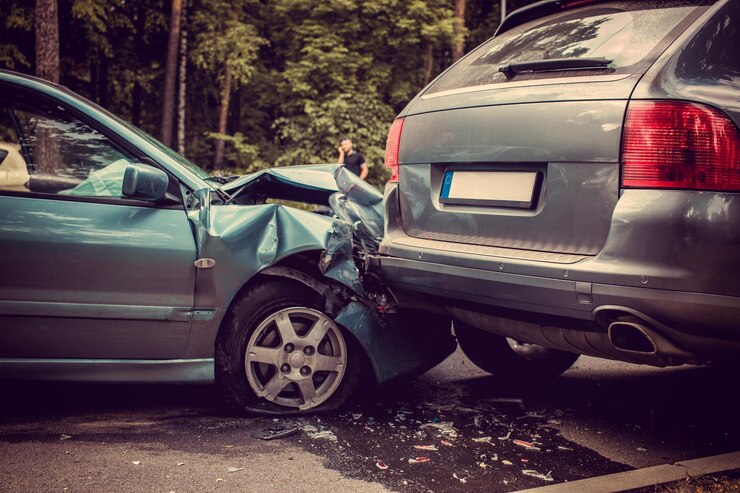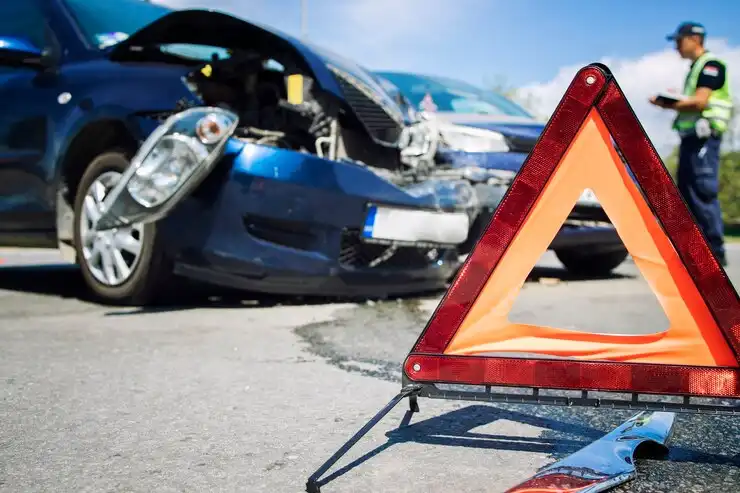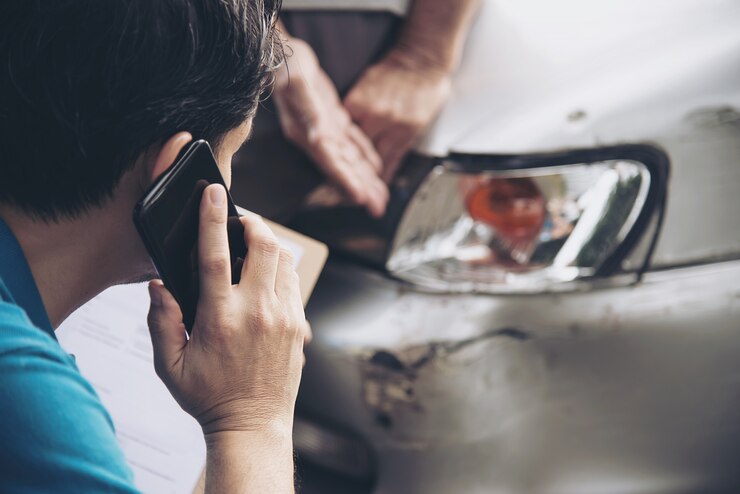Understanding Head-On Collisions
A head-on car accident occurs when two vehicles traveling in opposite directions collide front-to-front. These crashes are among the most dangerous, often resulting in severe injuries or fatalities. While they account for a smaller percentage of total accidents, the impact force makes them disproportionately deadly.
Common Causes of Head-On Collisions
Understanding the root causes of these accidents is crucial for prevention. Here are the most frequent reasons why head-on collisions occur:
1. Distracted Driving
- Texting, eating, or adjusting in-car settings can cause a driver to drift into oncoming traffic.
- Even a momentary lapse in attention can lead to a devastating head-on car accident.
2. Impaired Driving
- Driving under the influence of alcohol or drugs impairs judgment and reaction times.
- Drunk or drugged drivers often swerve into opposite lanes, leading to head-on collisions.
3. Speeding and Reckless Overtaking
- Excessive speed reduces reaction time and increases the severity of crashes.
- Dangerous overtaking on two-lane roads is a major cause of head-on collisions.
4. Drowsy Driving
- Fatigue can lead to drivers unintentionally veering into the wrong lane.
- Nighttime and long-distance drivers are at a higher risk.
5. Poor Road Conditions and Visibility
- Fog, heavy rain, or unlit roads make it difficult to see lane markings.
- Lack of proper signage can lead to wrong-way driving, resulting in a head-on car accident.
How to Prevent Head-On Collisions
While you can’t control other drivers, you can take steps to minimize your risk:
1. Stay Alert and Focused
- Keep your hands on the wheel and eyes on the road.
- Avoid distractions like mobile phones or in-car entertainment.
2. Never Drive Under the Influence
- Plan ahead for a designated driver or rideshare service if drinking.
- Be aware of impaired drivers on the road, especially at night or during holidays.
3. Obey Speed Limits and Road Signs
- Follow all posted signs, particularly on two-lane roads.
- Avoid overtaking on curves or near intersections.
4. Watch for Wrong-Way Drivers
- If you notice an oncoming vehicle in your lane, slow down and move to the shoulder if possible.
- Use your horn and headlights to alert the other driver.
5. Drive Defensively
- Keep a safe distance from other vehicles and anticipate sudden movements.
- Be cautious at intersections and when approaching hills or blind curves.
Legal Rights After a Head-On Car Accident
If you or a loved one has been involved in a head-on car accident, you may be entitled to compensation for:
- Medical Expenses: Covering hospital bills, rehabilitation, and future treatments.
- Lost Wages: Compensation for missed work and potential future earnings.
- Pain and Suffering: Acknowledging emotional distress and long-term impact.
- Vehicle Repairs: Reimbursement for property damage caused by the accident.
How to Protect Your Rights
- Seek Medical Attention Immediately – Even if injuries seem minor, some may appear later.
- Gather Evidence – Take photos, get witness statements, and document all damages.
- Consult an Attorney – A personal injury lawyer can help you navigate insurance claims and legal proceedings.
Conclusion
A head-on car accident can be life-changing, but understanding its causes and taking preventive measures can help you stay safe. If you or someone you love has been in a head-on collision, knowing your legal rights can make a significant difference in your recovery.
Stay informed, drive cautiously, and take action to protect yourself and your loved ones on the road.




